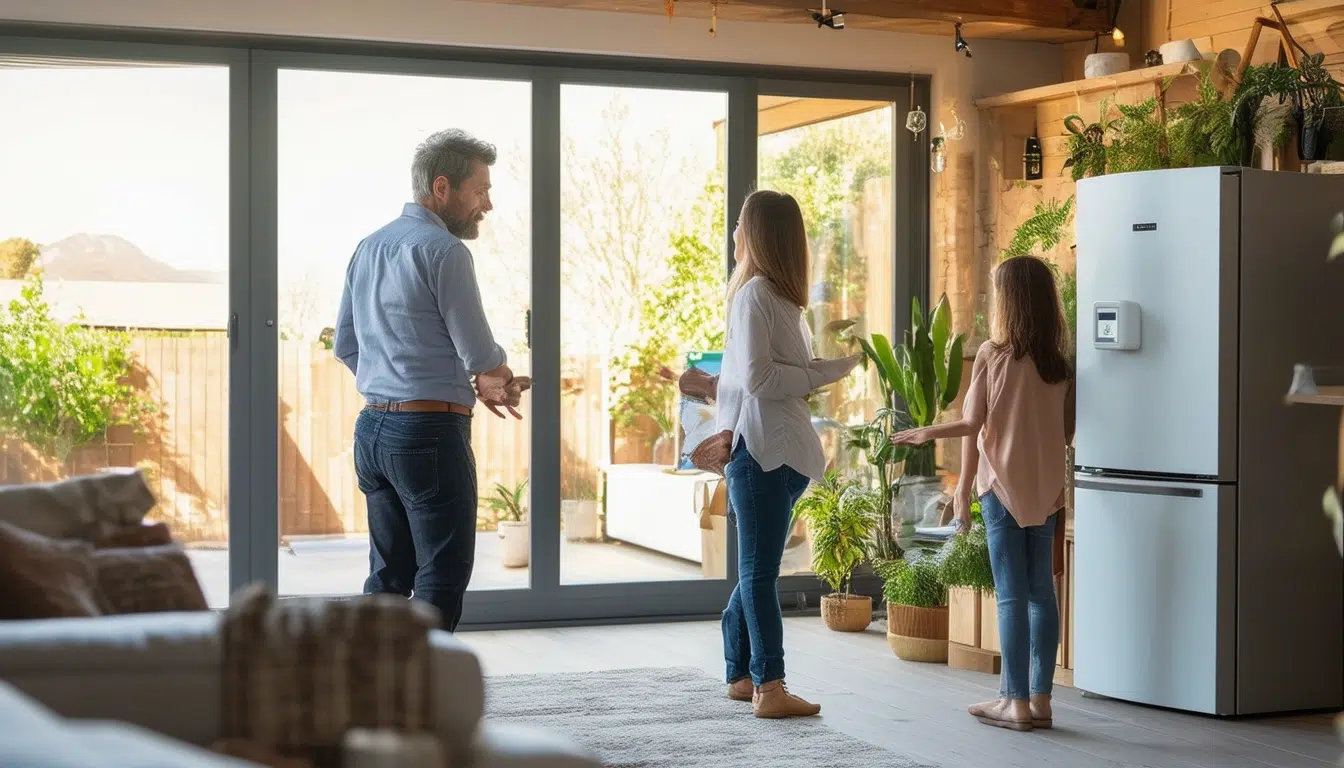Consejos de un experto en energía para reducir tu factura de electricidad: Estrategias efectivas de ahorro

The electricity bill has become a critical aspect to consider in our homes. With the growing concern about energy costs, it is essential to understand how to optimize electricity consumption to achieve significant savings. Energy experts share effective strategies that allow for reducing expenses without sacrificing comfort. From adjustments in the contracted power to the selection of suitable rates, these recommendations are key to efficiently managing the family budget.
The growing concern about the rising cost of electricity has led many households to seek ways to reduce their bill. Below are effective strategies recommended by an energy expert that can help make significant adjustments to electricity consumption without sacrificing the household’s well-being. With the right knowledge about rates, contracted powers, and consumption habits, it is possible to achieve considerable monthly savings.
Understanding the structure of the electricity bill
It is fundamental to know in detail how the electricity bill is composed. Generally, it includes two main components: the fixed term and the variable term. The fixed term refers to the charge for maintaining the infrastructure and represents around 30% of the total bill. This means that, regardless of how much electricity you consume, there will always be a cost you must pay. Therefore, reducing this component is key to lowering expenses.
Adjusting the contracted power
One of the most effective strategies involves adjusting the contracted power to the actual needs of the household. It is advisable to review your maximum consumed power from the last few months, which can be found on the bill. If less power has been used than contracted, the rate can be reduced, translating into significant savings on the fixed term. For example, each kilowatt of adjustment can mean savings of between 35 and 50 euros per year.
Finding the balance
It is essential to find a balance that covers the typical consumption of the household without incurring unnecessary costs. A careful adjustment will avoid power cuts while ensuring that you are only paying for what you actually use.
Opting for suitable electricity rates
The choice of electricity rates can have a significant impact on the final cost. From fixed price rates that provide stability to indexed rates that vary according to the market, each option has its advantages and disadvantages. Considering consumption hours and family habits is crucial when selecting the most convenient rate.
Hourly rates
The hourly rate system, implemented to encourage electricity use during off-peak hours, can be complex for families with small children. However, taking advantage of the cheaper hours can translate into considerable savings if consumption habits are compatible with this rate structure.
Optimizing the use of appliances
In addition to adjusting the power and choosing the right rate, optimizing the use of appliances is crucial for reducing the bill. Scheduling the use of the washing machine, dishwasher, and other devices during lower cost hours can make a big difference. For example, using these appliances during the night or on weekends can be more economical.
The importance of home automation
Home automation allows programming appliances to operate at times of lower electrical costs, making it easier to maximize the benefits of hourly rates. This technology may be an initial investment, but in the long run, it offers a significant return through the reduction of the electricity bill.
Using the right lighting
Another valuable recommendation is to replace traditional bulbs with LED bulbs. These consume less energy and have a much longer lifespan, which translates not only into savings on the bill but also in less waste. Every small change adds up and contributes to a significant reduction in annual costs.
Considering help from subsidies
Finally, it is crucial to check if you qualify for subsidies or social bonuses, designed to assist households in vulnerable situations. These can cover between 25% and 65% of the bill, which represents crucial help for many families.
With these strategies, it is possible to achieve significant savings on the electricity bill and contribute to the responsible use of energy in homes. Implementing simple and accessible changes is an essential step toward energy efficiency.
Reducing the electricity bill is a common goal among households. With the constant rise in energy prices, applying effective savings strategies becomes essential. In this sense, it is fundamental to understand how the electricity bill is structured and what actions can be implemented to achieve more efficient consumption.
One of the most important recommendations is to adjust the contracted power. This adjustment allows adapting the electricity supply to the actual needs of the household, thus avoiding the payment of an excessive fixed term. It is advisable to analyze the recorded consumption in previous bills to select the power that best fits family habits. Each kilowatt that is reduced can result in considerable savings throughout the year.
Furthermore, choosing an appropriate rate plays a crucial role in optimizing expenditure. There are different types of rates, such as fixed rates or indexed rates, and selecting the best option will depend on consumption patterns. Hourly rates offer lower prices during off-peak hours, which can be advantageous if there is flexibility to schedule the use of appliances during those times.
Another relevant aspect is the implementation of responsible consumption habits. For example, using energy-efficient devices and turning off those not in use can generate a considerable impact on the total bill. Home automation can also be an ally, allowing for more intelligent electricity consumption management.
Finally, requesting help such as the social bonus for vulnerable families can represent a significant relief for tighter budgets. With these strategies, not only is savings on the electricity bill achieved, but it also contributes to a more sustainable use of energy at home.



